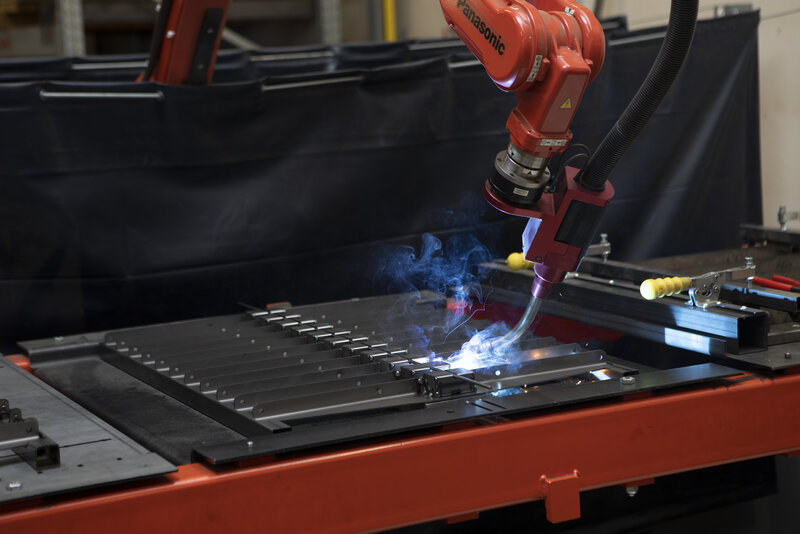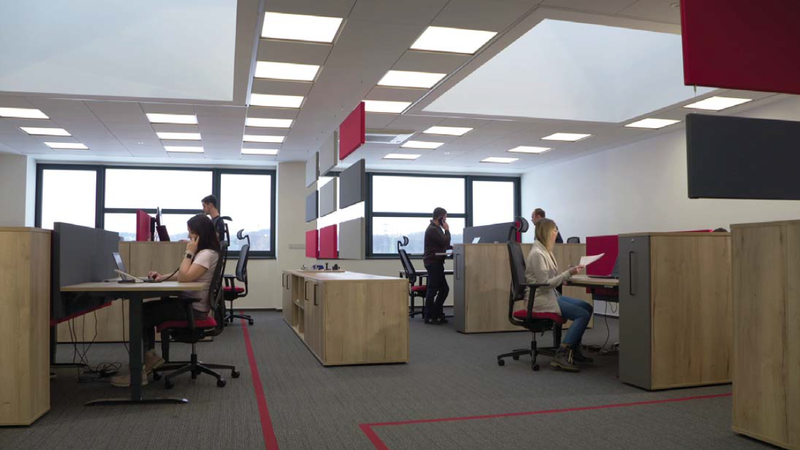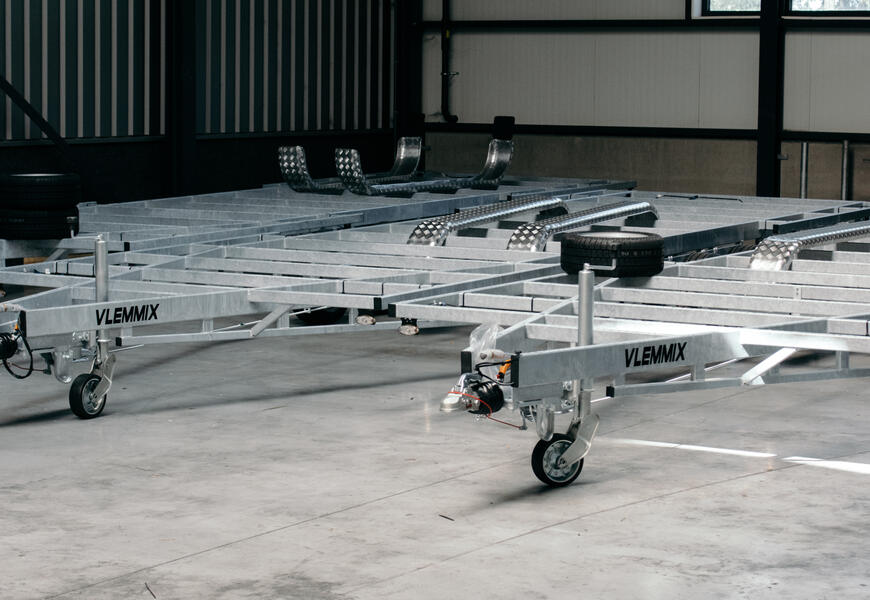Robots for more capacity and flexibility
The decision to purchase a robotic welding workstation was a natural one, says V. Hon. "At the time, the demand for height-adjustable tables was increasing rapidly, we needed more welders, and our own capacity was no longer sufficient. At the same time, there is a long-term shortage of welders in the market, so the purchase of a robotic welding shop was logical," says V. Hon. A. Hon adds that after a selection process with three companies, the final choice fell on Valk Welding. "We did not choose the cheapest solution, but from our point of view it was the most sensible one. We considered the technical concept, the functional elements, the control environment, but also the availability of services and the level of communication. All this convinced us that Valk Welding's solution was the best for us. We received a solid solution from a proven company, and if we had to choose again, we would choose Valk Welding again."
The robotic welding workstation became part of the existing metal production area. In practice, this meant considering the real space possibilities. The workstation is based on a Panasonic TL - 1800 WG3 welding robot with positioning equipment.
The robot mainly welds parts for HONmove height-adjustable tables - columns, bases, complete bases, and booms. Also, other metal parts needed for the company's own furniture production and the production of external customers. These are mostly medium-sized welded parts with a wide variety of types typical of the furniture industry.
The rotary positioning tables are designed to allow us to use as many fixtures as possible, this way we can weld different types of welds and ensure that the changeover is as fast as possible," explains the company manager. "Robotic welding is fast while maintaining a consistently high quality, which means less material is lost. The ability to weld multiple pieces of the same weld simultaneously is also an advantage.
Three employees are trained to operate the workstation. Welding programs are prepared offline by a programmer on his computer and "uploaded" by the operator to the robot.




